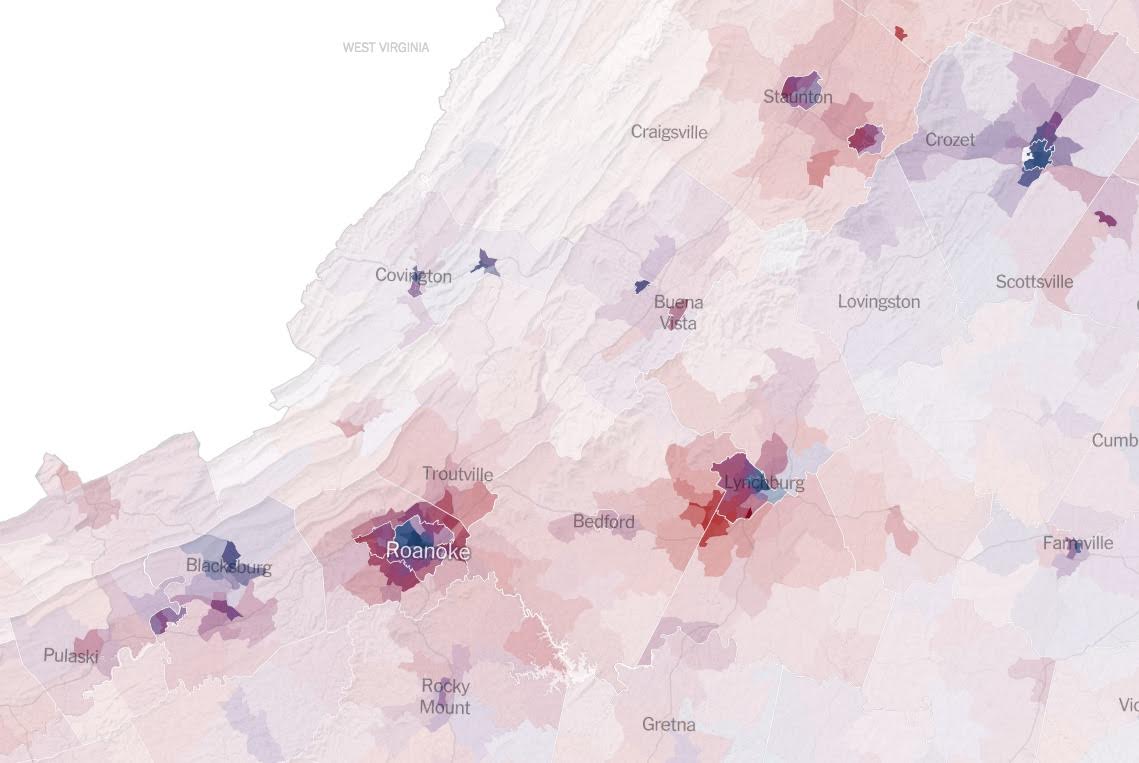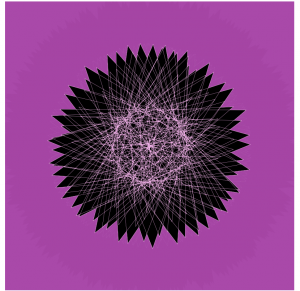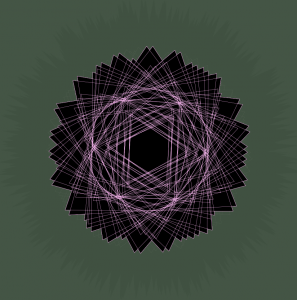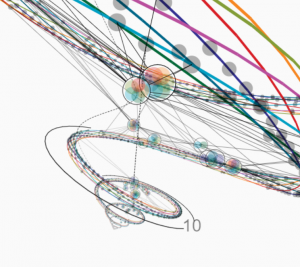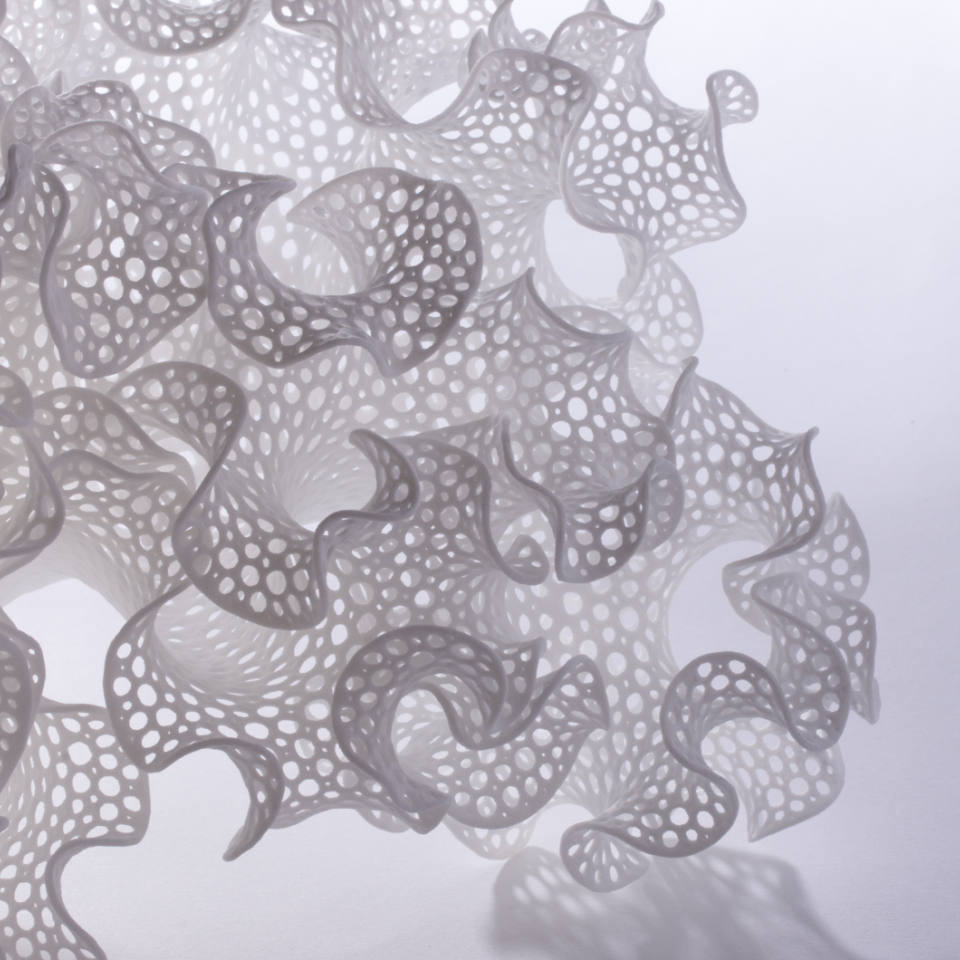Janet Echelman (born 1966) is an American sculptor and fiber artist. She graduated from Harvard University in 1987. Her sculptures have been displayed as public art, often as site-specific installations. She starts working with a Hamble material. She first studied Chinese calligraphy at Hong Kong University where she encountered a building/architecture made by bamboo which has a strength she admired during an earthquake. In 1997, Echelman won a Fulbright Senior Lectureship and traveled to India with the intention of giving painting exhibitions. For Janet’s work, I really appreciate how she can flexibly manipulate materials and media. I remember in this talk, she first discussed how her material cannot arrive on time and results in her changed choice of using the material. Instead of waiting, she used a local material, the fishing net. She then discovered how the adaptability of it –the ever-changing form of the interaction of the wind.
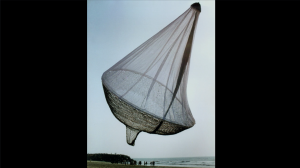
For most of her work, she will design on applications first to construct precise shape with gentle movement. She figured out to use the variable of a machine to create a pattern of hand-made patterns. To let more industrial workers work on her piece, she created her own language of how to make these patterns for the workers. She analyzes the photos of the sky and graphs the saturation with software that is developed by her studio. This software helped her to create images that describe the imagined shape during the day and night time, with wind and without.
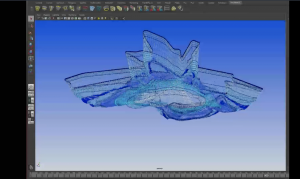
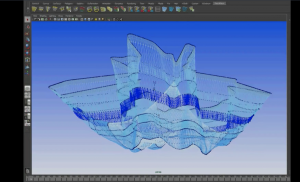
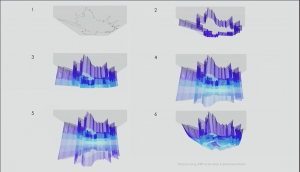
Throughout the whole presentation, she presented with pretty self-explanatory pictures and animations. Her instructions are calm, slow and really natural. The anecdote jokes she shared about really helps to add layers on her overall presentation. She also demonstrates a really clear timeline with the different stage in her life and artwork, from her basically new to the medium and material to the place where she mastered it and combine with sound, climate change, and etc.
Janet Echeiman’s talk on Inst-Int Festival
![[OLD FALL 2017] 15-104 • Introduction to Computing for Creative Practice](../../../../wp-content/uploads/2020/08/stop-banner.png)
